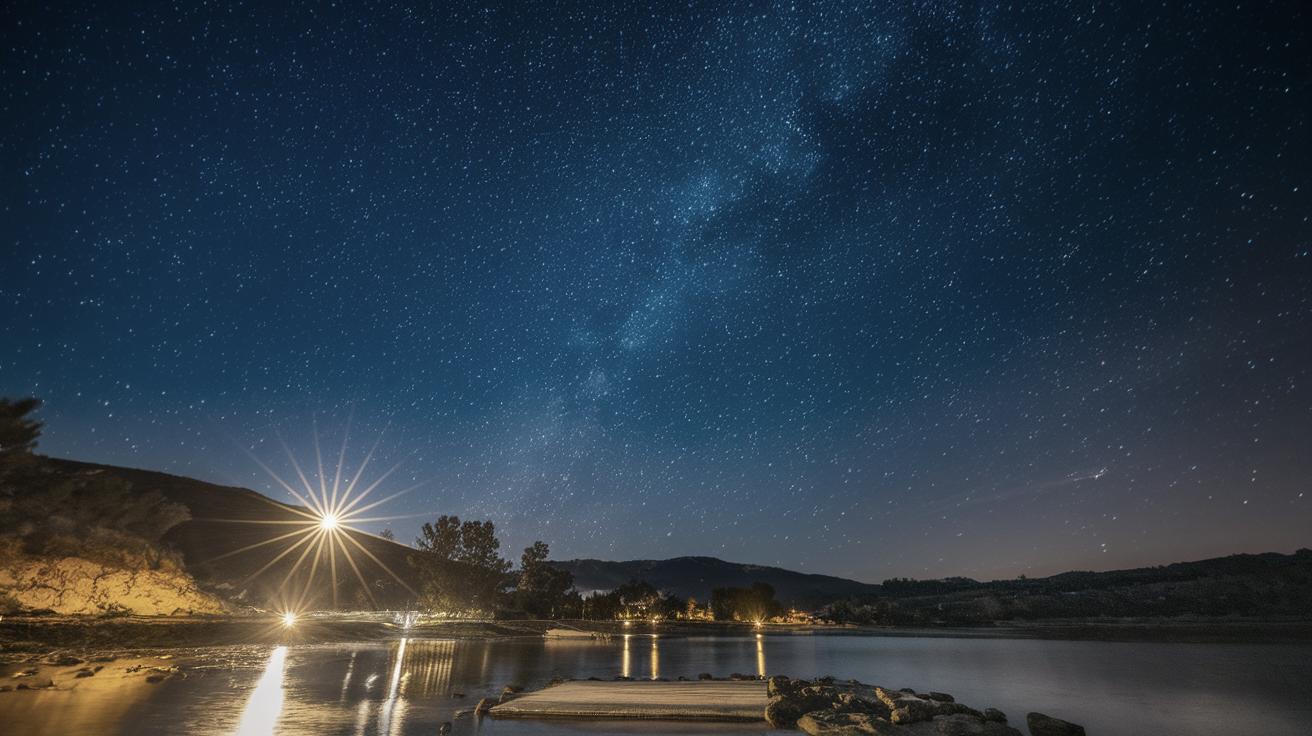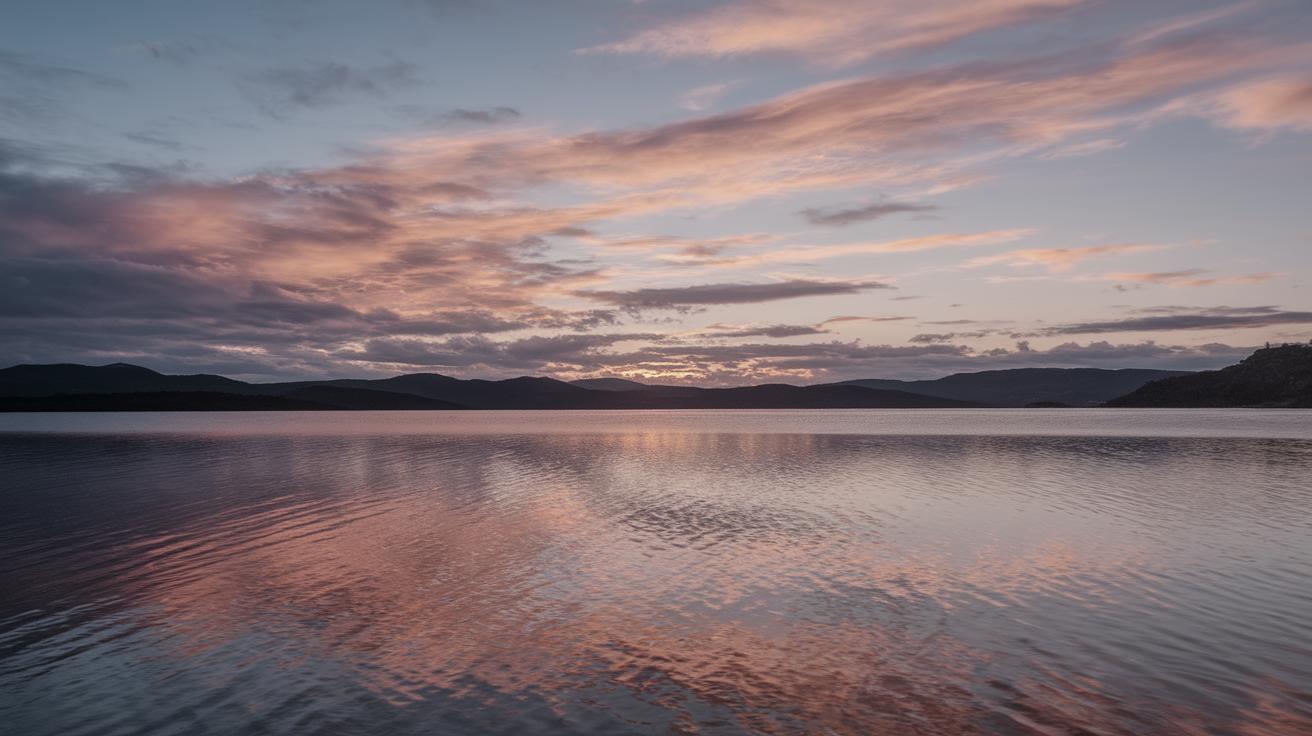Mastering Night Photography: Unlocking the Secrets of the Night Sky
Welcome to the captivating world of night photography! This article uncovers techniques that breathe life into the ephemeral beauty of the night sky. From capturing the mesmerizing motion of star trails to seizing the enchanting glow of the moon, we’ll delve into methods that help photographers elevate their practice. We’ll discuss the magic of creating vertoramas, explore the essential equipment needed for night shooting, and refine your compositional skills to tell compelling visual stories. By navigating these key areas, you can harness the night’s wonders and transform your images into captivating stories.
The Magic of the Night Sky
The night sky presents an enigmatic canvas that excites and inspires photographers around the globe. Capturing its myriad wonders requires an understanding of both technical skills and artistic vision. The tranquil beauty seen at night is unlike any other, transforming usual landscapes into dreamlike vistas that reveal the universe’s grandeur.
To capture the ethereal essence of the night sky, it’s crucial to understand the elements of light pollution, exposure, and lens choice. Light pollution is an ever-present challenge; finding a remote location far from urban glow can help unveil the true brilliance of the stars. The exposure triangle—comprising ISO, aperture, and shutter speed—must be carefully balanced to capture long exposures without noise. Finally, choosing the right lens can heavily influence the quality and breadth of your captures, often guiding the overall mood of your night photographs.
Star Trails
Star trails are captivating manifestations of the Earth’s rotation, captured through long exposures that trace the stars’ paths across the night sky. To photograph them effectively, patience and timing are essential. Begin by choosing a clear, moonless night with minimal light pollution to allow the stars to shine vividly against the dark sky.
Setting up your camera on a sturdy tripod is crucial for long exposures. Start with a low ISO setting to reduce noise and select a wide aperture to let in as much light as possible. Using a remote shutter release or camera’s timer function prevents unwanted camera movements. Experiment with exposure times; a single long exposure or stacked shorter exposures can create the desired trail effect. Incorporating an interesting foreground adds depth and context, transforming a typical star trail image into a compelling nightscape.
Moon Photography
Moon photography is entirely different from capturing stars due to its brightness. The moon’s phases significantly affect the amount of light and texture visible in your image. A full moon illuminates more of the landscape, while a crescent moon creates a more dramatic mood by casting intriguing shadows.
Capturing the details of the moon requires a telephoto lens and a relatively low ISO setting to prevent overexposure. A fast shutter speed helps to capture the sharp craters and subtle surface details. Utilizing spot metering allows you to make sure the moon itself is properly exposed, despite surrounding darkness. Experimenting with foreground placements can make your moon photos enthralling, offering a sense of scale or narrative.
Vertoramas at Night
Vertoramas, or vertical panoramas, bring a new dimension to night photography by combining multiple vertical images into a singular, cohesive composition. This technique is perfect for capturing the sprawling sky in a way that a single shot cannot.
To create a vertorama, maintain consistent camera settings and overlap each image sufficiently for easier stitching in post-processing. A fast, wide-angle lens allows you to collect as much light as possible while capturing more of the scene in each frame. Highlighting objects from the ground to the sky can result in a composition showcasing the narrative of Earth’s connection to the cosmos.
Essential Equipment for Night Photography
The right equipment can significantly elevate your night photography. A sturdy tripod is non-negotiable, providing stability for long exposures and maintaining sharp images. Investing in a remote shutter release is equally essential, helping to eliminate even the slightest vibration.
High-quality lenses with wide apertures can capture more light, which is vital in low-light conditions. Consider using a camera with good high ISO performance to ensure minimal noise when capturing dark scenes. Reflecting on these equipment choices can lighten your load when shooting at night without compromising on the quality of your images.
Composing the Night: Framing, Balance, and Storytelling
Composition in night photography demands a blend of technical expertise and artistic vision to narrate powerful stories through imagery. Framing involves positioning elements within the landscape to guide the viewer’s eye, creating a pathway through the photograph that highlights the soft glow of a moonlit landscape or the majestic trails of stars.
Balance in a night shot requires careful consideration of the dichotomy between the soft brightness of celestial bodies and the dark, often shadowy foreground. Incorporating reflections, silhouettes, or using framing techniques like the rule of thirds can elevate your composition, transforming a simple night scene into a vibrant tale of light and shadow.
Subscribe
If you find these insights into night photography exciting and valuable, consider subscribing to our newsletter. Stay updated with the latest articles, tips, and guides to continue refining your night photography skills. Join our community of passionate photographers sharing the mesmerizing stories they capture under the night sky.
Summary of Main Points
| Aspect | Details |
|---|---|
| The Magic of the Night Sky | Understanding light pollution, exposure settings, and lens choices to reveal the sky’s beauty. |
| Star Trails | Capturing Earth’s rotation through long exposures, focusing on timing, location, and technique. |
| Moon Photography | Techniques for capturing moon details using telephoto lenses and unique compositions. |
| Vertoramas at Night | Combining multiple vertical shots to create expansive views of the night sky. |
| Essential Equipment | Recommendations for tripods, lenses, and camera settings for optimal night photography. |
| Composing the Night | Creating balanced, storytelling images through thoughtful framing and composition techniques. |


